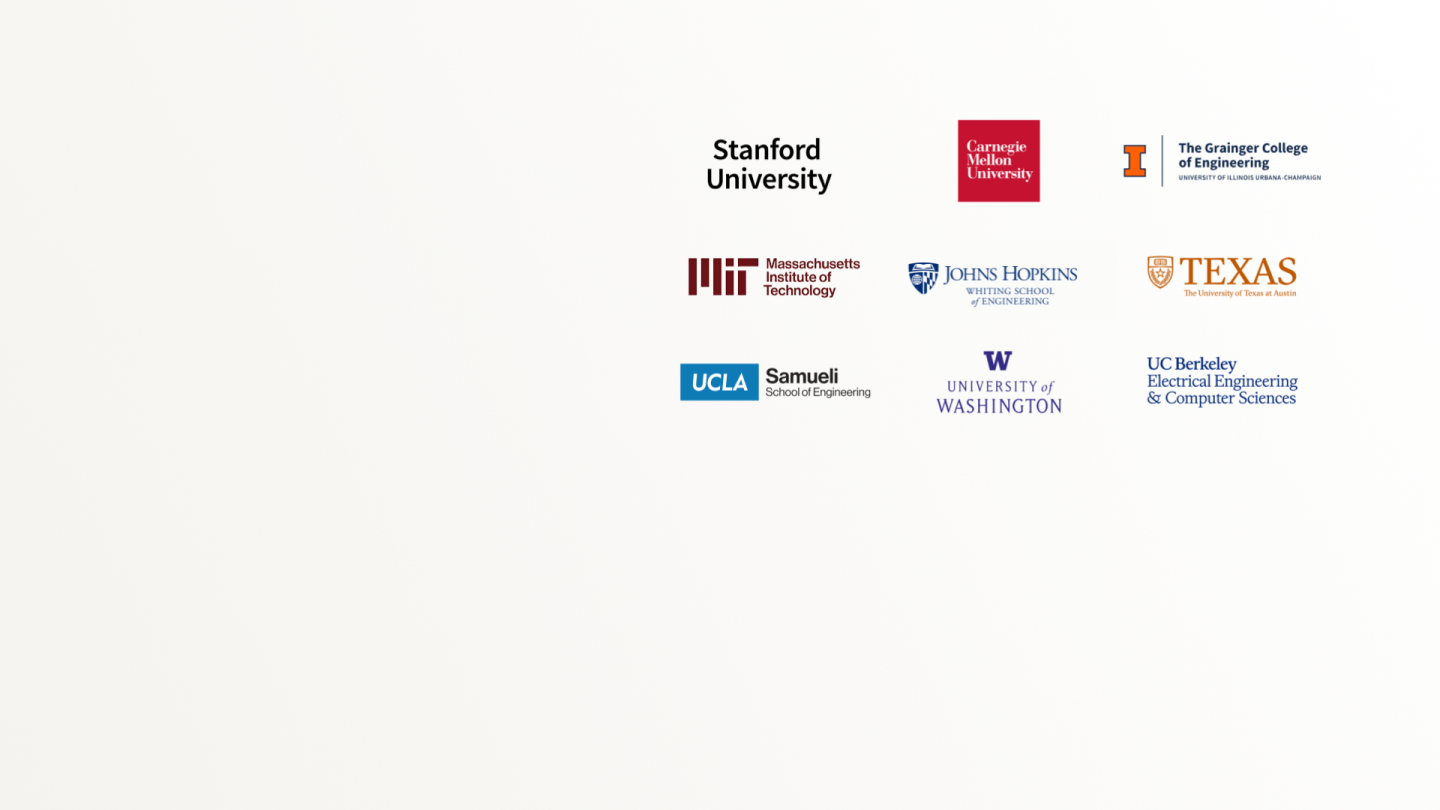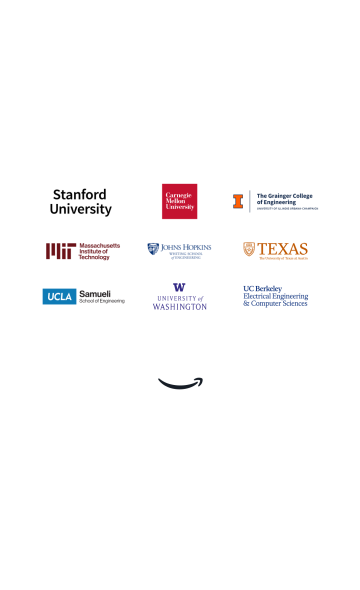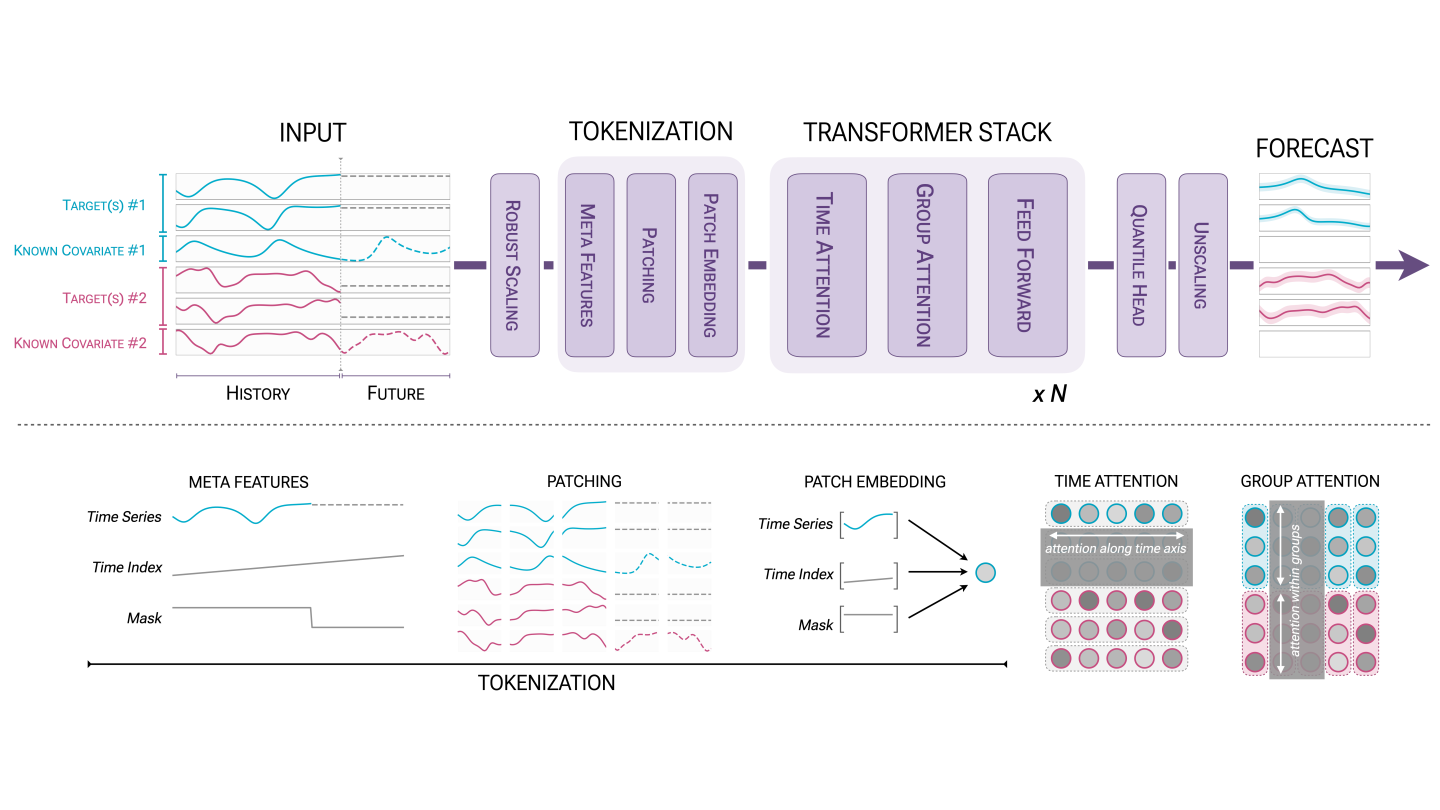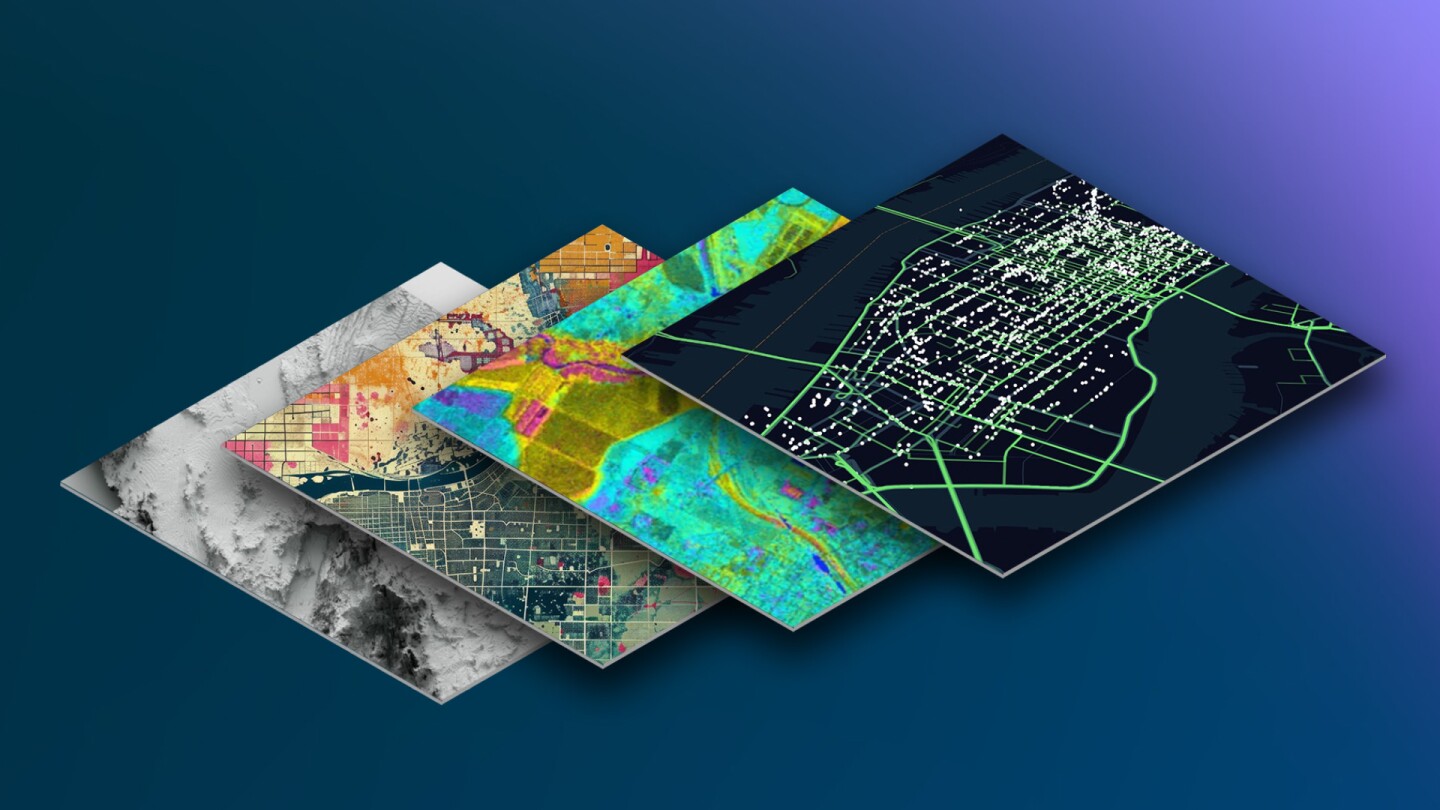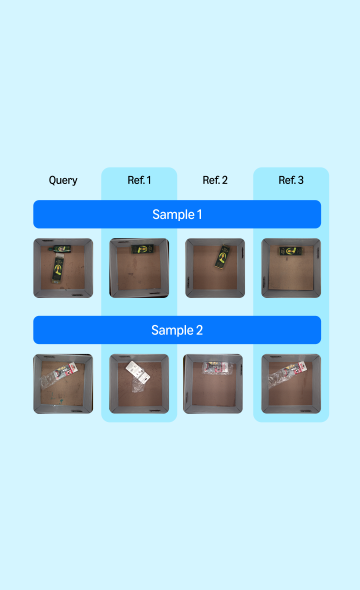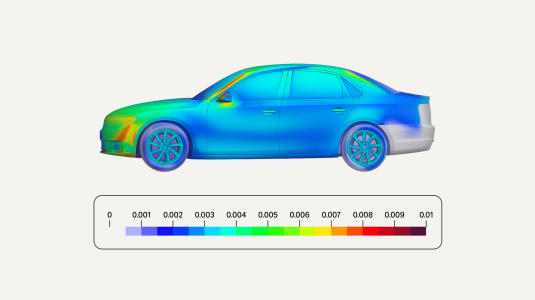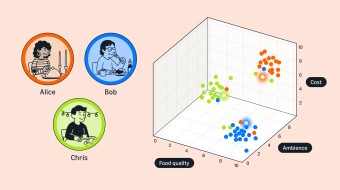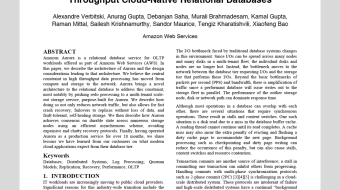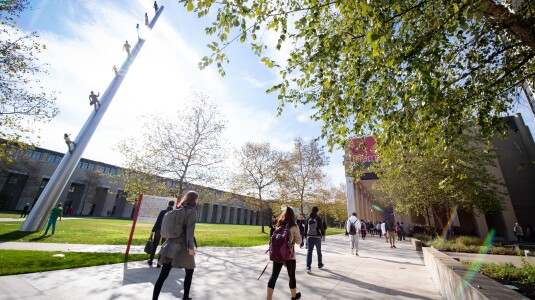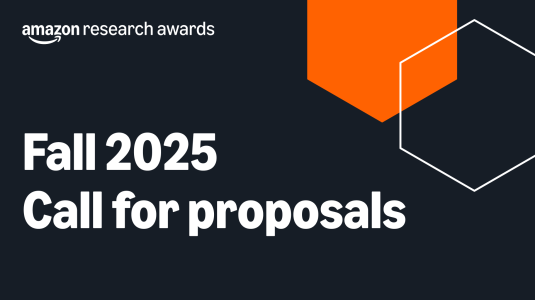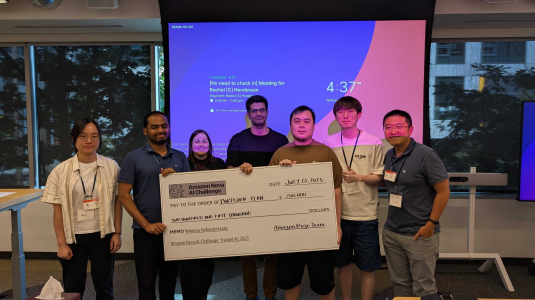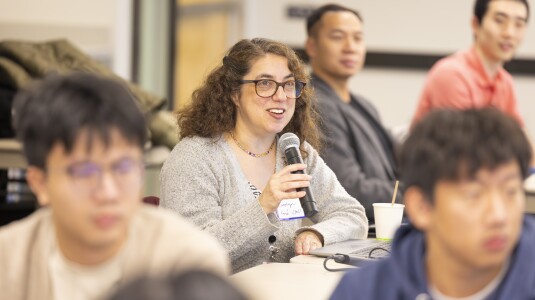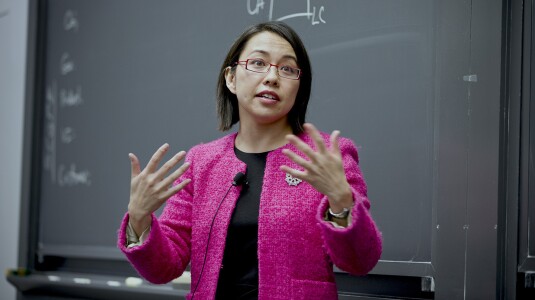Customer-obsessed science

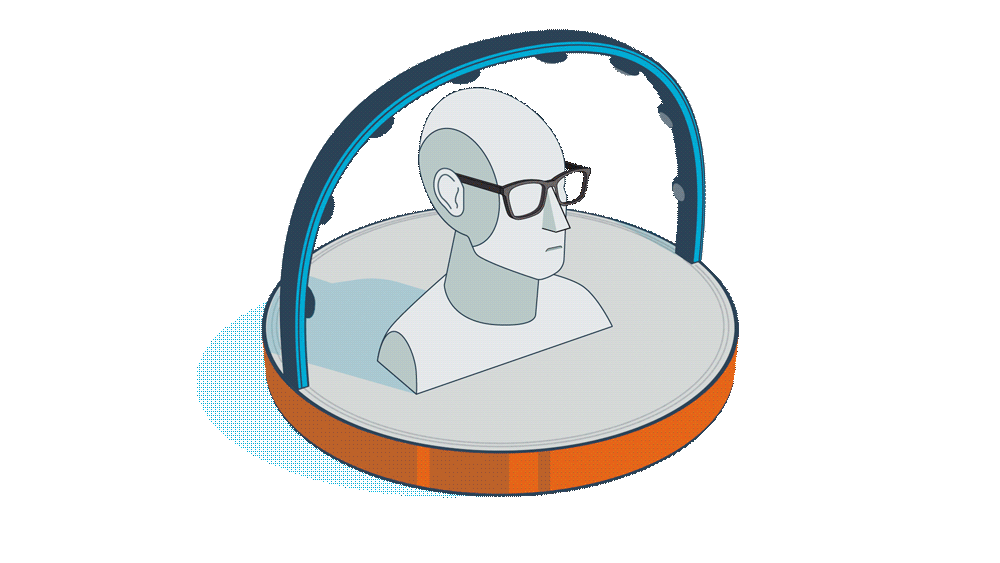
Research areas
-
September 26, 2025To transform scientific domains, foundation models will require physical-constraint satisfaction, uncertainty quantification, and specialized forecasting techniques that overcome data scarcity while maintaining scientific rigor.
-
Featured news
-
Large Language Models (LLMs) have recently enabled natural language interfaces that translate user queries into executable SQL, offering a powerful solution for non-technical stakeholders to access structured data. However, one of the limitation that LLMs do not natively express uncertainty makes it difficult to assess the reliability of their generated queries. This paper presents a case study that evaluates
-
Modern time series forecasting increasingly relies on complex ensemble models generated by AutoML systems like AutoGluon, delivering superior accuracy but with significant costs to transparency and interpretability. This paper introduces a comprehensive, dual-approach framework that addresses both the explainability and forecastability challenges in complex time series ensembles. First, we develop a surrogate-based
-
We propose RSight, a new deep neural network model for product demand forecasting across multiple geographic regions. Our model employs a novel region-enhanced encoder to learn cross regional information. Using a dataset consisting of weekly sales for 15 million products from a large e-commerce company at the US Zip2 level, our method achieves substantial accuracy improvement over existing state-of-the-art
-
Resource, Conservation and Recycling2025Solvolysis is a promising strategy for mixed-feed polyester recycling, but little attention has been given to downstream product separations or the impact of using imperfectly separated monomer mixtures in recycled polymer reconstruction. Here, we challenge the traditional need for high-purity monomers in polycondensation synthesis of engineering thermoplastics. Monomer mixtures are derived from catalyzed
-
2025Learning from preference feedback is essential for aligning large language models (LLMs) with human values and improving the quality of generated responses. However, existing preference learning methods rely heavily on curated data from humans or advanced LLMs, which is costly and difficult to scale. In this work, we present PUGC, a novel framework that leverages implicit human Preferences in unlabeled
Conferences
Collaborations
View allWhether you're a faculty member or student, there are number of ways you can engage with Amazon.
View all













